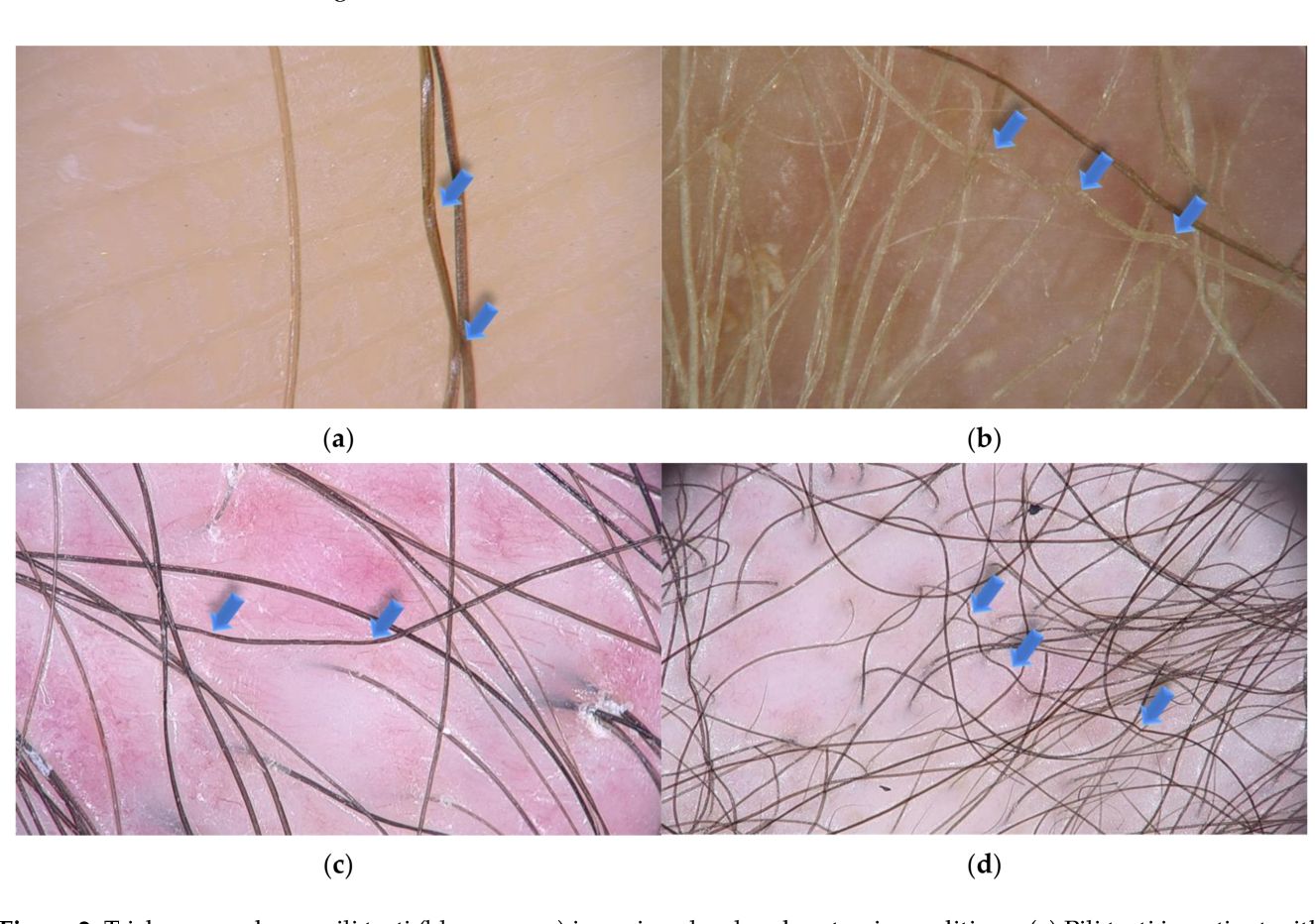
Pili Torti Onychodysplasia might sound like a mouthful, but it’s a fascinating condition worth understanding. This rare genetic disorder affects hair and nails, leading to twisted hair strands and abnormal nail growth. Pili Torti means "twisted hair," while Onychodysplasia refers to the malformation of nails. Imagine having hair that looks like it's been twisted by a tiny tornado or nails that grow in unusual shapes. This condition can be inherited or occur spontaneously, making each case unique. Learning about Pili Torti Onychodysplasia can help you appreciate the complexities of human genetics and the incredible diversity of our bodies. Ready to dive into some intriguing facts? Let’s get started!
Key Takeaways:
- Pili Torti Onychodysplasia is a rare genetic disorder causing twisted hair and abnormal nails. It can be inherited and has various symptoms, but treatments and ongoing research offer hope for managing and understanding the condition.
- Gentle hair and nail care, regular check-ups, and genetic counseling can help manage Pili Torti Onychodysplasia. Ongoing research into gene therapy and stem cells offers hope for future treatments.
What is Pili Torti Onychodysplasia?
Pili Torti Onychodysplasia is a rare genetic disorder affecting hair and nails. It causes hair to twist and nails to develop abnormally. Let's dive into some intriguing facts about this condition.
-
Pili Torti means "twisted hair" in Latin. The hair shafts twist along their length, making them fragile and prone to breakage.
-
Onychodysplasia refers to the abnormal development of nails. This can result in nails that are thin, brittle, or oddly shaped.
-
The condition is often inherited. It can be passed down through families in an autosomal dominant or recessive pattern.
-
Symptoms usually appear in early childhood. Parents might notice unusual hair texture or nail abnormalities in their young children.
-
Diagnosis involves a physical examination and microscopic analysis of hair and nails. Doctors look for characteristic twisting of hair shafts and nail deformities.
Causes and Genetics
Understanding the genetic basis of Pili Torti Onychodysplasia helps in managing the condition better.
-
Mutations in specific genes cause the disorder. These genes are responsible for the structure and function of hair and nails.
-
Genetic testing can confirm the diagnosis. It identifies mutations in the genes linked to the condition.
-
The disorder can be part of a syndrome. Sometimes, it occurs with other symptoms, forming a more complex genetic syndrome.
-
Environmental factors can exacerbate symptoms. Exposure to harsh chemicals or extreme temperatures can worsen hair and nail fragility.
-
Consanguinity increases risk. Marriages between close relatives can raise the likelihood of inheriting the disorder.
Symptoms and Manifestations
The symptoms of Pili Torti Onychodysplasia can vary widely among individuals.
-
Hair fragility is a hallmark. The twisted hair shafts are weak and break easily, leading to sparse hair.
-
Nail abnormalities include ridges, splits, and unusual shapes. Nails may also be thin and prone to breaking.
-
Some patients experience alopecia. Hair loss can be patchy or widespread, depending on the severity of the condition.
-
Skin issues may accompany the disorder. Dry, flaky skin or eczema can occur alongside hair and nail problems.
-
Dental anomalies are sometimes present. Teeth might be misshapen or prone to decay.
Treatment and Management
While there is no cure, various treatments can help manage the symptoms of Pili Torti Onychodysplasia.
-
Hair care is crucial. Gentle handling, avoiding harsh chemicals, and using moisturizing products can reduce hair breakage.
-
Nail care involves keeping nails trimmed and protected. Using nail hardeners and avoiding trauma can help maintain nail integrity.
-
Dermatologists play a key role. Regular check-ups with a skin specialist can help monitor and manage symptoms.
-
Genetic counseling is recommended for affected families. It provides information on inheritance patterns and risks for future children.
-
Support groups offer emotional and practical support. Connecting with others who have the condition can be beneficial.
Research and Future Directions
Ongoing research aims to better understand and treat Pili Torti Onychodysplasia.
-
Gene therapy holds promise. Scientists are exploring ways to correct the genetic mutations causing the disorder.
-
Stem cell research could lead to new treatments. Using stem cells to regenerate healthy hair and nails is an exciting possibility.
-
Clinical trials are testing new medications. These trials aim to find drugs that can strengthen hair and nails or reduce symptoms.
-
Awareness campaigns are important. Increasing public knowledge about the condition can lead to earlier diagnosis and better support for affected individuals.
-
Patient registries help track the condition. Collecting data on patients worldwide can improve understanding and treatment of the disorder.
Final Thoughts on Pili Torti Onychodysplasia
Pili torti onychodysplasia, a rare genetic condition, affects hair and nails, causing twisted hair strands and abnormal nail growth. Understanding this condition helps in recognizing symptoms early and seeking appropriate treatment. While there's no cure, managing symptoms through proper hair and nail care can improve quality of life. Genetic counseling is crucial for families with a history of this disorder, providing guidance on inheritance patterns and potential risks. Awareness and education about pili torti onychodysplasia can lead to better support systems for those affected. Remember, early diagnosis and intervention play a significant role in managing this condition effectively. Stay informed, seek medical advice when needed, and support those living with this rare disorder.
Frequently Asked Questions
Was this page helpful?
Our commitment to delivering trustworthy and engaging content is at the heart of what we do. Each fact on our site is contributed by real users like you, bringing a wealth of diverse insights and information. To ensure the highest standards of accuracy and reliability, our dedicated editors meticulously review each submission. This process guarantees that the facts we share are not only fascinating but also credible. Trust in our commitment to quality and authenticity as you explore and learn with us.
